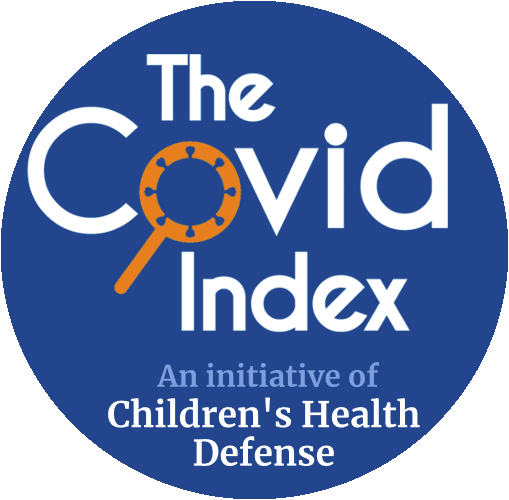“Abstract: … This article shows how 16 fragments (Env Pol and Integrase genes) from different strains, both diversified and very recent, of the HIV1, HIV2 and SIV retroviruses have high percentage of homology into parts of the genome of COVID_19. Moreover each of these elements is made of 18 or more nucleotides and therefore may have a function. They are called Exogenous Informative Elements (EIE)…
Here are the two main facts which contribute to our hypothesis of a partially synthetic genome: A contiguous region representing 2.49% of the whole COVID-19 genome of which 40.99% is made up of 12 diverse fragments originating from various strains of HIV SIV retroviruses. Some of these 12 EIE appear concatenated. Notably, the retroviral part of these regions, which consists of 8 elements from various strains of HIV1, HIV2 and SIV covers a length of 275 contiguous bases of COVID-19. The cumulative length of these 8 HIV/SIV elements represents 200 bases. Consequently, the HIV SIV density rate of this region of COVID-19 is 200/275 = 72.73%.
A major part of these 16 EIE already existed in the first SARS genomes as early as 2003. However, we demonstrate how a new region including 4 HIV1 HIV2 Exogenous Informative Elements radically distinguishes all COVID-19 strains from all SARS and Bat strains with the exception of Bat RaTG13.
We gather facts about the possible origins of COVID_19. We have particularly analyzed this small region of 225 bases common to COVID_19 and bat RaTG13.
We have studied the most recent genetic evolution of the COVID_19 strains involved in the world epidemic. We found a significant occurrence of mutations and deletions in the 225 bases area.
On sampling genomes, we show that this 225 bases key region of each genome, rich in EIE, and the 1770bases SPIKE region evolve much faster than the corresponding whole genome (cases of 44 patients genomes from WA Seattle state, original epicenter in USA).
In the comparative analysis of both SPIKES genes of COVID_19 and Bat RaTG13 we note two abnormal facts:
1) the insertion of 4 contiguous PRRA amino acids in the middle of SPIKE (we show that this site was already an optimal cleavage site BEFORE this insertion).
2) an abnormal distribution of synonymous codons in the second half of SPIKE.
Finally we show the insertion in this 1770 bases SPIKE region of a significant pair of EIEs from Plasmodium Yoelii and of apossible HIV1 EIE with a crucial Spike mutation.”
© 2020 The Author(s).
This is an open access article distributed under the terms of the Creative Commons Attribution License, which permits unrestricted use, distribution, and reproduction in any medium, provided the original author and source are credited.
